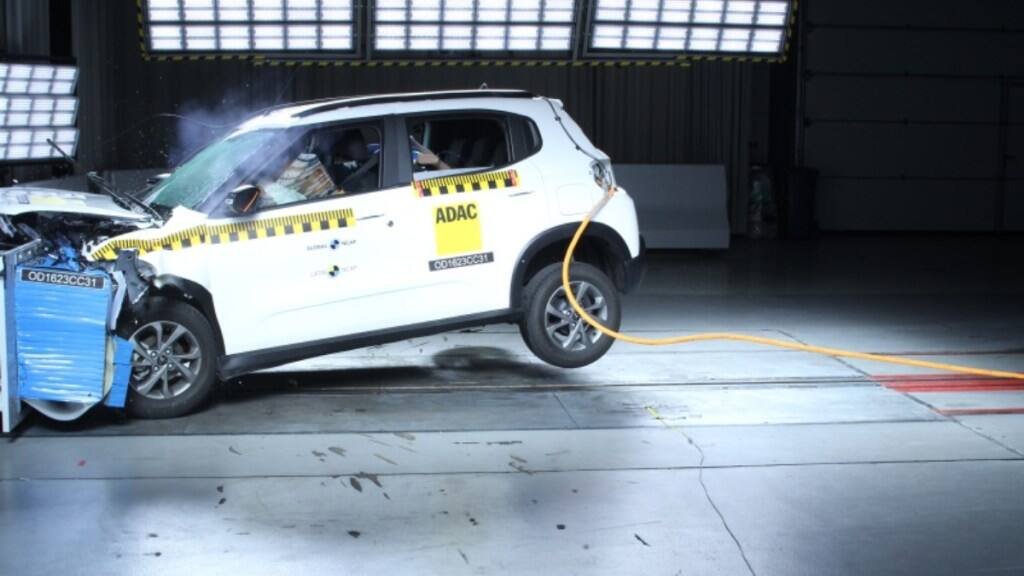
- The Citroen E-C3 receives a zero-star rating for adult occupant safety and just one star for child occupant safety in Global NCAP crash tests.
- Despite several competitors like Tata Safari and Volkswagen Virtus achieving high safety ratings, Citroen’s electric model lags significantly.
- The E-C3 is equipped with basic safety features and lacks electronic stability control (ESC), contributing to its low scores.
Why Did the Citroen E-C3 Fare So Poorly in Safety Tests?
In the realm of vehicle safety, not all cars are created equal, and the Citroen E-C3’s latest results from Global NCAP crash tests have stirred concerns. This electric car’s safety ratings plummeted to new lows, marking a significant setback when compared to peers in its class. While other models like the Maruti Suzuki Swift and WagonR also recorded low scores, the Citroen E-C3 distinguished itself unfavorably with the lowest ratings yet.
This electric vehicle, priced competitively against models like Tata Punch.ev, seems to have sacrificed essential safety features such as electronic stability control, which is crucial for preventing accidents. The model’s basic provision of airbags does not compensate for its overall lack of safety infrastructure, which is critical in protecting occupants during a crash. Global NCAP’s stark criticism of the Citroen E-C3 underscores the urgent need for manufacturers to prioritize not just the ecological benefits of electric vehicles but their safety standards as well. This case serves as a reminder that safety should never be compromised, even in the pursuit of innovation and sustainability in the automotive industry.




































Leave a Reply